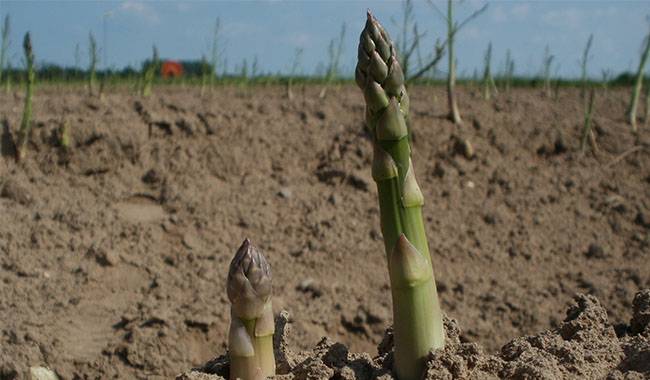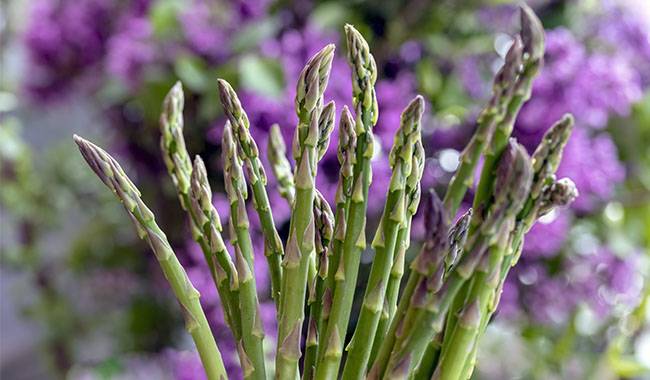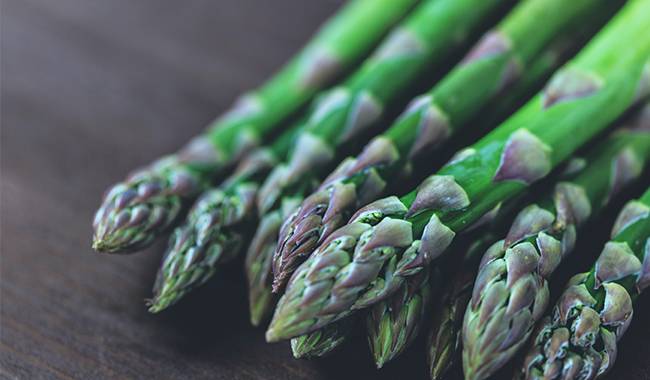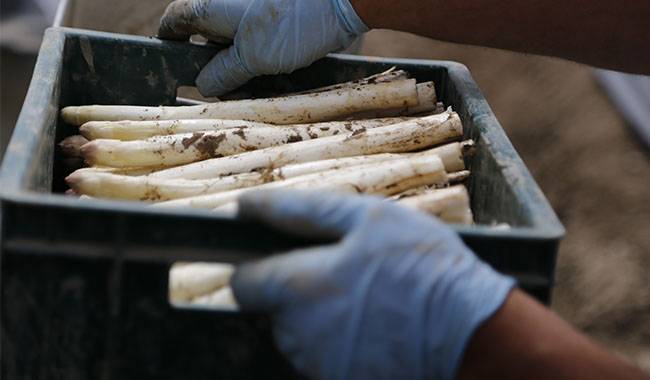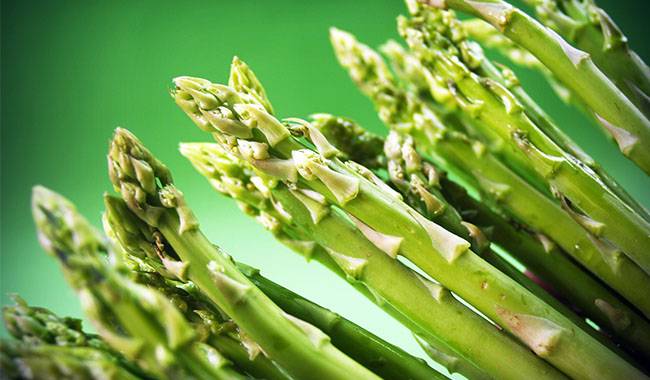
Asparagus is a spectacular perennial houseplant. So what are the methods for asparagus plant care? It is unpretentious and can grow in the shade.
It can be planted as a small shrub or decorated as an elegant Christmas tree, which will be the highlight of your interior.
The result is also covered with bright red berries. Asparagus is a fairly vigorous plant that allows you to boldly grow your home or office design without any special concerns.
Its dark green stems are tough and retain their appeal for several months, and they are often used as a material for flower arrangements.
We recommend you to read “What are the benefits of asparagus“
In nature, asparagus grows mainly in oak and pine forests in Western Europe, as well as in the Caucasus, Crimea, and can be seen in southern Russia.
The height of the plant reaches 70 cm. The butcher’s spear-like leaves are flat, decorated branches.
Asparagus flowers appear in spring, they are inconspicuous and do not represent decorative value, but red-orange or scarlet berries mature after pollination.
They keep the branches for a long time, so there are often flowers and fruits on a plant. This plant seems to constantly bloom and bear fruit.
Asparagus needs copies of female and male types for results. However, even the only plant often bears fruit.
MAINTENANCE METHOD
Temperature
Asparagus grows well at normal room temperature. In the warm season, it is hoped to move to the open air.
Different growth periods have different requirements for temperature.
It is resistant to cold and heat and grows best when the curing temperature is 80°F. In extremely cold regions, where the temperature is lower than 85°F, it can also survive the winter, but the yield will be reduced.
Soil
Asparagus does not require high soil fertility. In nature, it often grows on hillsides.
But we must remember that the soil should not be too dense or stagnant water.
You can prepare a mixture of 1 part of turf land, 3 parts of leaves, and 1 part of sand. Cut off old dry underground branches when transplanting.
Watering
In the growing season, when the young shoots are growing, the plants are often watered, but when the branches on the branches are fully formed, lack of watering can easily make the plants grow.
Its transpiration is relatively small, which means that it does not consume much water. Therefore, unless it is dry weather, watering is generally not required.
Watering in dry weather should also be watered according to the state of the soil. Watering is only necessary when the soil is completely dry. Watering should not be too frequent. Watering once every 10 days is the most reasonable.
Fertilization
The nutrient requirements are different in different periods, so fertilization methods are also different.
In the seedling stage, it is the time when nutrients are consumed the most. The soil needs to be mixed with base fertilizer before planting. After one month of planting, it needs to be fertilized once, and before autumn, it needs to be fertilized once.
For adult plants, fertilize once every season, about four months.
Sunshine
All plants grow well under diffuse light. Tolerance and shade. In winter, southern windows are best, but in summer, it is best to rearrange them to eastern or western windows. Under direct sunlight, young algae leaves may dry out.
In winter, it can perfectly maintain a constant temperature of 55°F-60°F, which makes this beautiful plant suitable for decorating cool entrance halls and well-lit halls.
Some types of antifreeze can be used for home outdoor landscaping.
The air humidity does not matter. During active growth, it is recommended to spray plants from time to time. In addition, they are cleaned and sprayed to remove dust.
Porting
Transplant in spring as needed. Choose the pot according to the form of the plant you want to receive.
If you plant a large potted plant, the creeping rhizome will quickly produce new shoots and you will get a lush bush. If shrubs are not needed, choose a narrow tank.
FARMING SKILLS
Way of reproduction
It can be reproduced by sowing. The breeding time is generally autumn or spring. No matter when it is breeding, it needs to be planted in a furrow.
Before planting, you need to mix base fertilizer in the soil. After sowing, cover it with soil, and then water it once. The seedlings will usually emerge in about two weeks.
Set up a planting shelf
If the plant grows in a relatively small space, it needs to be erected to help shape it. For example, a potted asparagus plant needs to be erected when it grows to 15 cm.
Maintenance
It is not difficult to take care of indoor plants, it is an unpretentious plant. It is important to remember the period of her spring growth and intensive development.
The young shoots are fully formed, only their size depends on irrigation and fertilizer. It is recommended not to damage them, new ones will only be next spring.
Diseases and pests
Don’t be afraid of pests and prevent diseases in time. The main enemies of asparagus are scale insects, thrips, and spider mites.
Problem diagnosis
Odor
Normal asparagus has a grassy smell or tasteless. If the asparagus emits a peculiar smell, it is likely to be contaminated.
At this time, do not use inorganic fertilizers and avoid using pesticides. This situation will slow down.
Hollow bamboo shoots
The hollowing of the plant is caused by nutritional imbalance. When fertilizing, it is necessary to use fertilizers reasonably, use more phosphorus and potassium fertilizers, and avoid using nitrogen fertilizers.
Taking care of asparagus plants is not difficult, as long as you are familiar with and practice the above methods, you can take care of your plants better. If you have good suggestions, just comment below!




